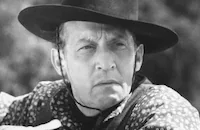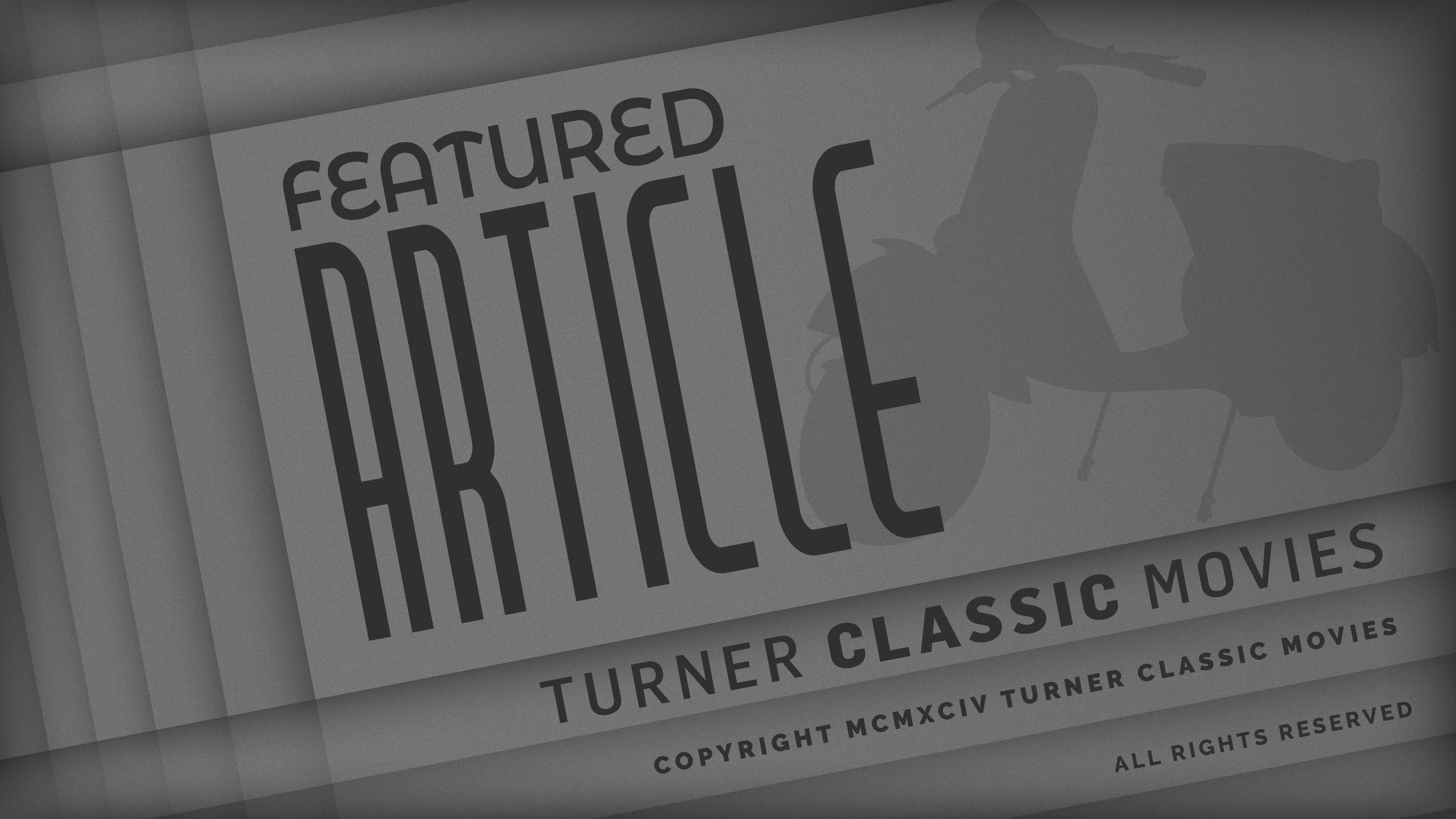The Ace of Hearts

Brief Synopsis
Cast & Crew
Wallace Worsley
Leatrice Joy
John Bowers
Lon Chaney
Hardee Kirkland
Raymond Hatton
Film Details
Technical Specs

Synopsis
The members of a radical secret society decide that a wealthy citizen whom they despise must be disposed of. Cards are drawn, and the fatal ace of hearts falls to a young man named Forrest, who is in love with Lilith, a society member who is interested only in the cause but who nevertheless promises to marry him. Discovering that she actually loves him, Lilith begs him to flee, but he returns to the society declaring his inability to fulfill his task because he would have caused the death of two young lovers in the vicinity. The members meet to decide their fate, and Farralone, who has promised Lilith to save her husband, sets off a bomb, which kills the conspiratorial band.

Director
Wallace Worsley
Cast
Leatrice Joy
John Bowers

Lon Chaney
Hardee Kirkland

Raymond Hatton
Roy Laidlaw
Edwin Wallock

Videos
Movie Clip


Film Details
Technical Specs

Articles
The Ace of Hearts
Featuring a new music score by Vivek Maddala, The Ace of Hearts is a rarely seen Lon Chaney feature which marked the actor's second project for Goldwyn Pictures and reteamed him with director Wallace Worsley of The Penalty (1920). In the central role of Farralone, Chaney plays a character torn between his sworn duty and his love for Lilith (Leatrice Joy), a 'death club' member who violates the strict code of the society for a fellow member, Forrest (John Bowers). Rather than watch Lilith and Forrest suffer the consequences for their betrayal of the group's ideals, Farralone devises a drastic final solution to the problem. Like many other Chaney films where the main protagonist makes great sacrifices for the object of his affection, whether it be self-mutilation, a prison sentence, or death, The Ace of Hearts doesn't vary the scenario in this regard.
However, the original ending of the film was a different matter entirely. A slightly disfigured Morgridge, the leader of the group, finds the lovers in a secluded cabin and notifies them that the group was eliminated by a bomb and they are free to emerge from hiding. Samuel Goldwyn was completely dissatisfied with this conclusion and insisted on the more dramatic ending allowing Farralone to ensure the safety of the young lovers.
Director: Wallace Worsley
Screenplay: Ruth Wightman (based on the novel by Gouverneur Morris)
Cinematography: Don Short
Cast: Leatrice Joy (Lilith), John Bowers (Forrest), Lon Chaney (Farralone), Hardee Kirkland (Morgridge), Raymond Hatton (The Menace).
BW-75m.
by Jeff Stafford














